No Shoot, No Harm, No Fowl®
#1 TRUSTED COMMERCIAL BIRD & WILDLIFE EXPERTS IN THE USA!

BY THE NUMBERS
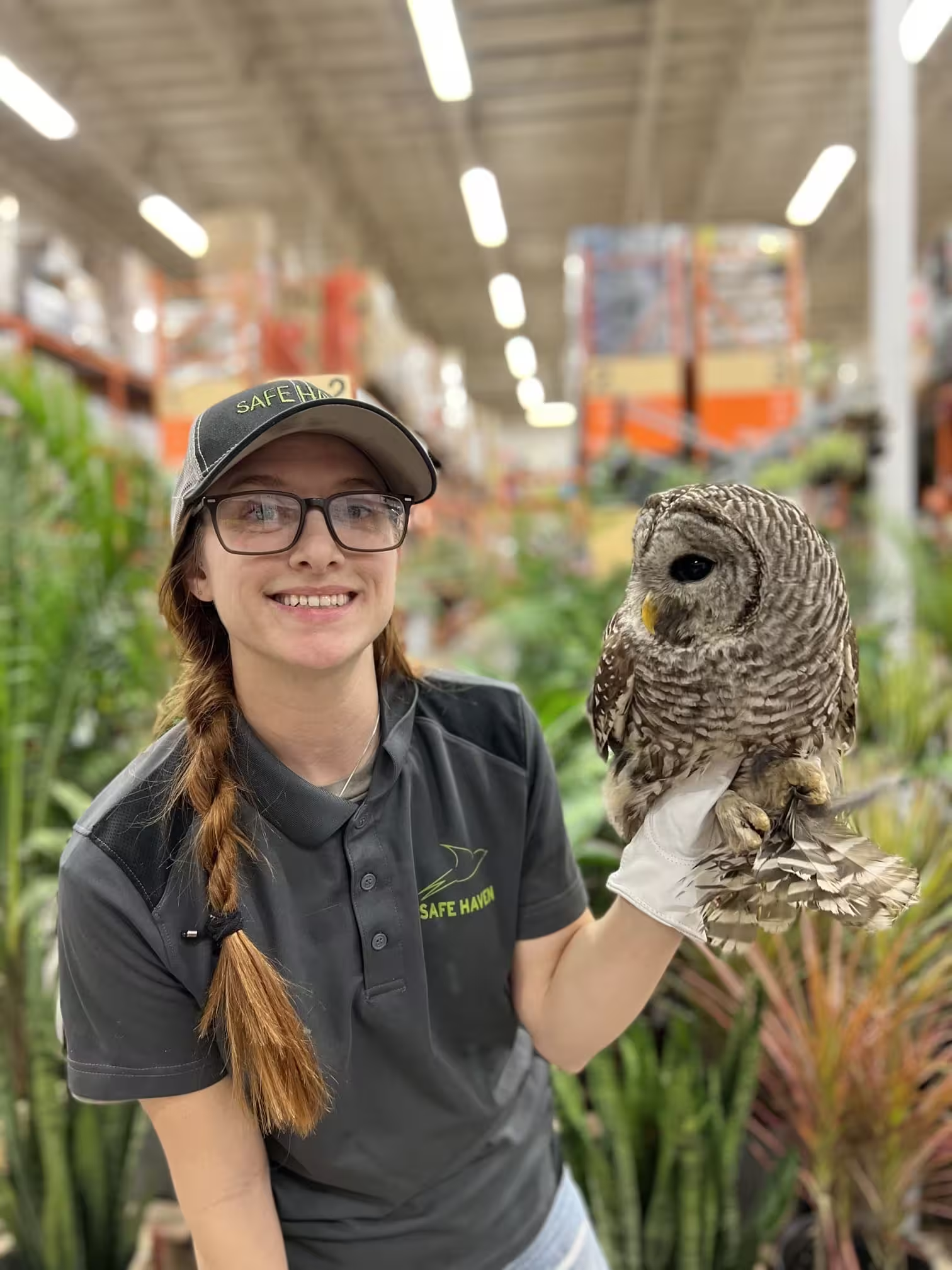
Who We Are
America’s Largest & Most
Trusted Wildlife Removal Specialists
At Safe Haven Avian Group, we are the nation’s leading
experts in humane and effective bird and wildlife removal. Our innovative solutions serve a wide range of industries, including commercial, retail, academic, government, airport, food processing, and distribution facilities. Trusted by some of the most recognizable Fortune 500 companies, we pride ourselves on delivering exceptional results with professionalism and care.

100% Success Rate
Bird-Free Facility Guaranteed!
Our specialists ensure the safe removal and relocation of every bird from your facilities interior—guaranteed.
Patented, Proven, and Powerful
The Industry’s Leading Solution
Our patented mist netting process is specifically designed to safely and effectively capture birds, even in facilities up to 2,000,000 square feet. It’s efficient, humane, and
trusted by industry leaders.
Our Services
Bird Services
- Interior Removal: Guaranteed removal and relocation of all interior birds, including birds of prey, for all facilities including retail stores, warehouses, distribution centers, restaurants, airports, manufacturing & assembly plants.
- Exterior Population Reduction: Capture and removal of birds from garden centers, as well as extended trapping programs for nuisance birds around facility exteriors.
- Nest Removal: Remove nests from facility interiors, signage, awnings, etc.
- Geese: Nest and egg removal/addling (permit required), as well as harassment programs.
REMOVE THE BIRDS, REMOVE THE PROBLEM®
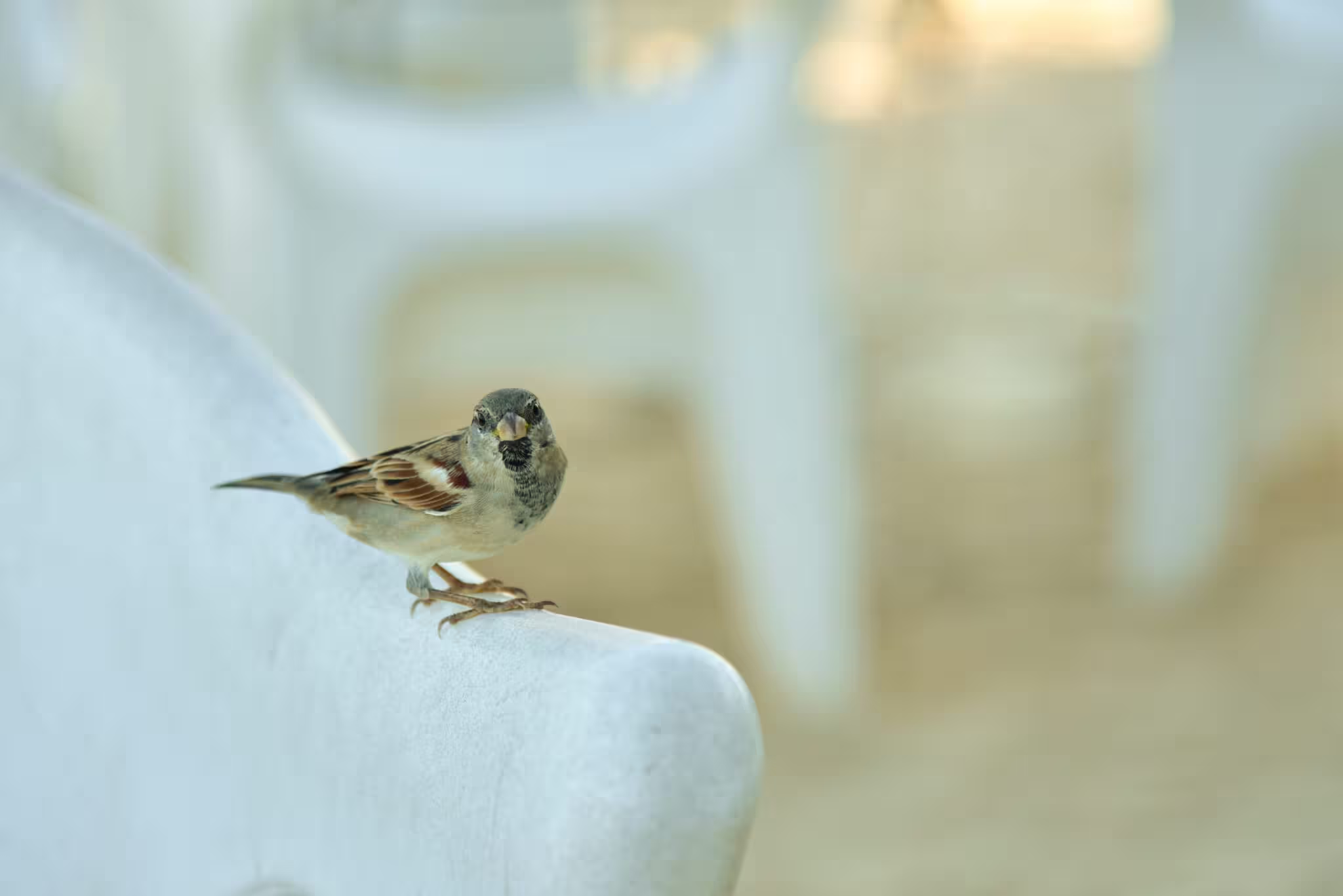
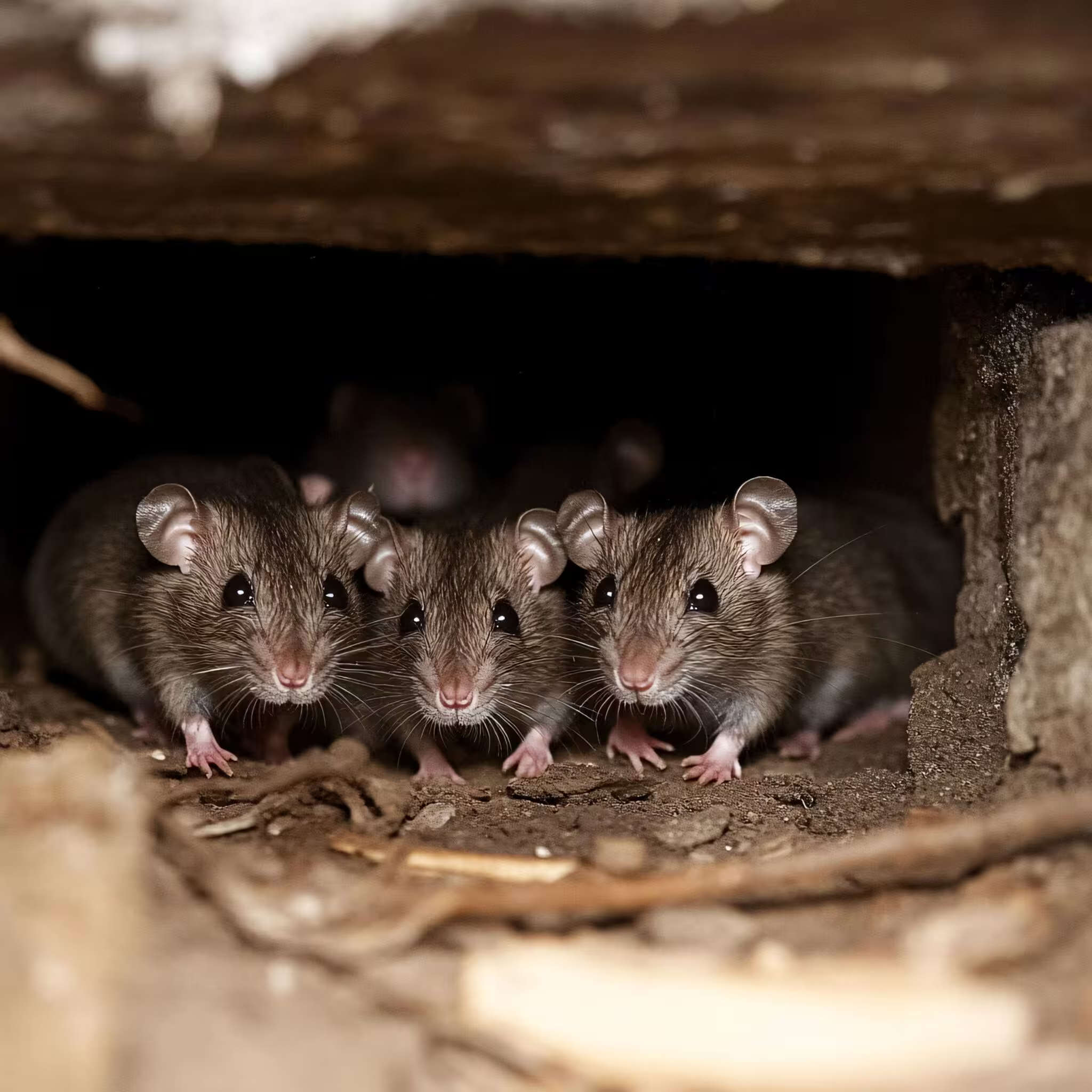
Exclusion
- Bird Exclusion: Netting, gel, spikes, slopes, shock strips, and other bird deterrents.
- General Exclusion: Sealing of all potential points to prevent bird and wildlife entry.
- Bat Exclusion: Full remediation and exclusion for established bat colonies during allowable times of year.
- Bee Exclusion: Complete removal of all hive and bee material with cut-out and temporary seal.
Wildlife Removal
- Interior & Exterior Removal: Removal for most wildlife including snakes, squirrels, raccoons, possums, groundhogs, and cats.
- Bats: Interior removal of bats inside of facilities.
- Honey bees: Removal of swarms and hives.
NO SHOOT, NO HARM, NO FOWL®
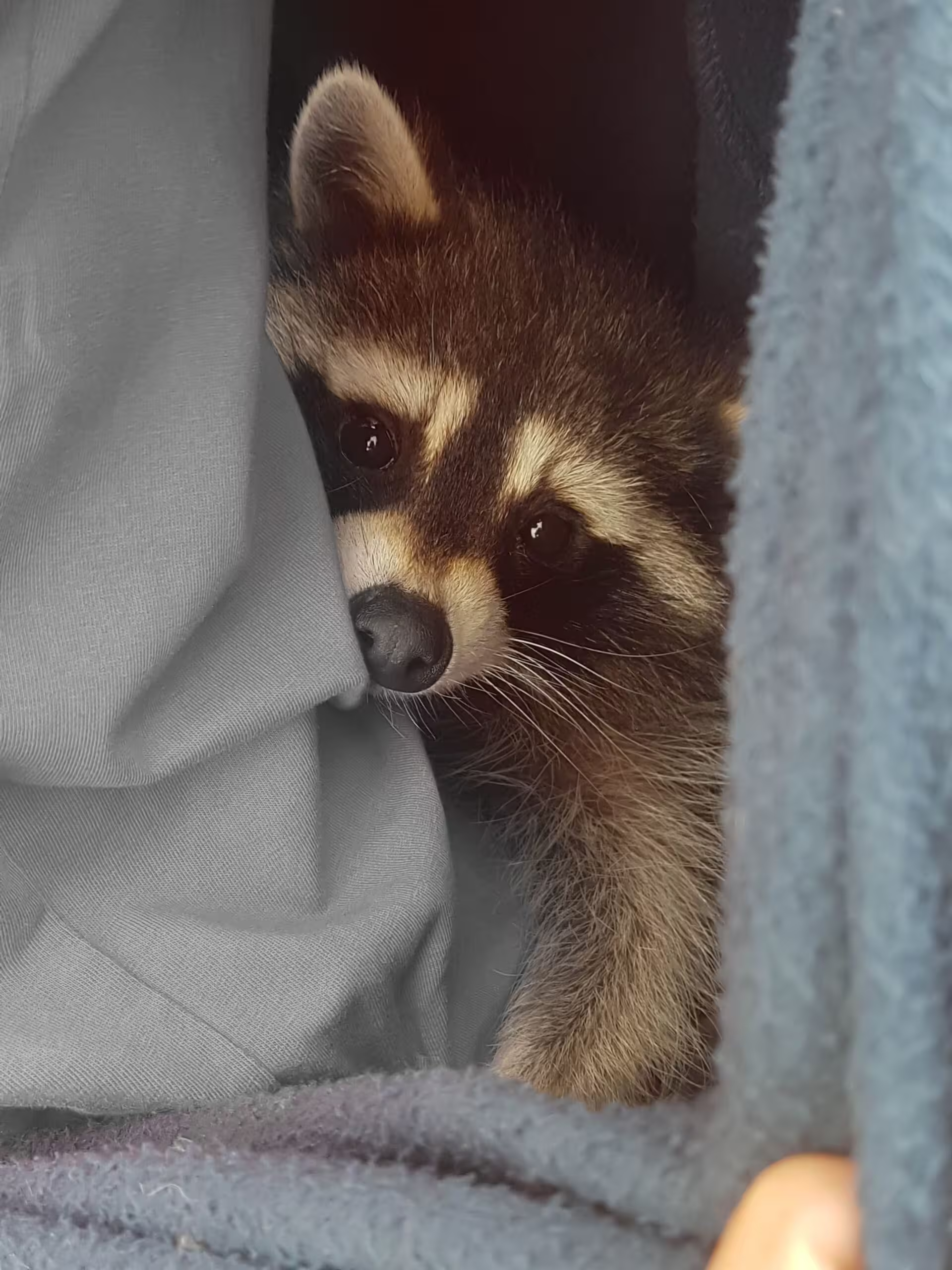
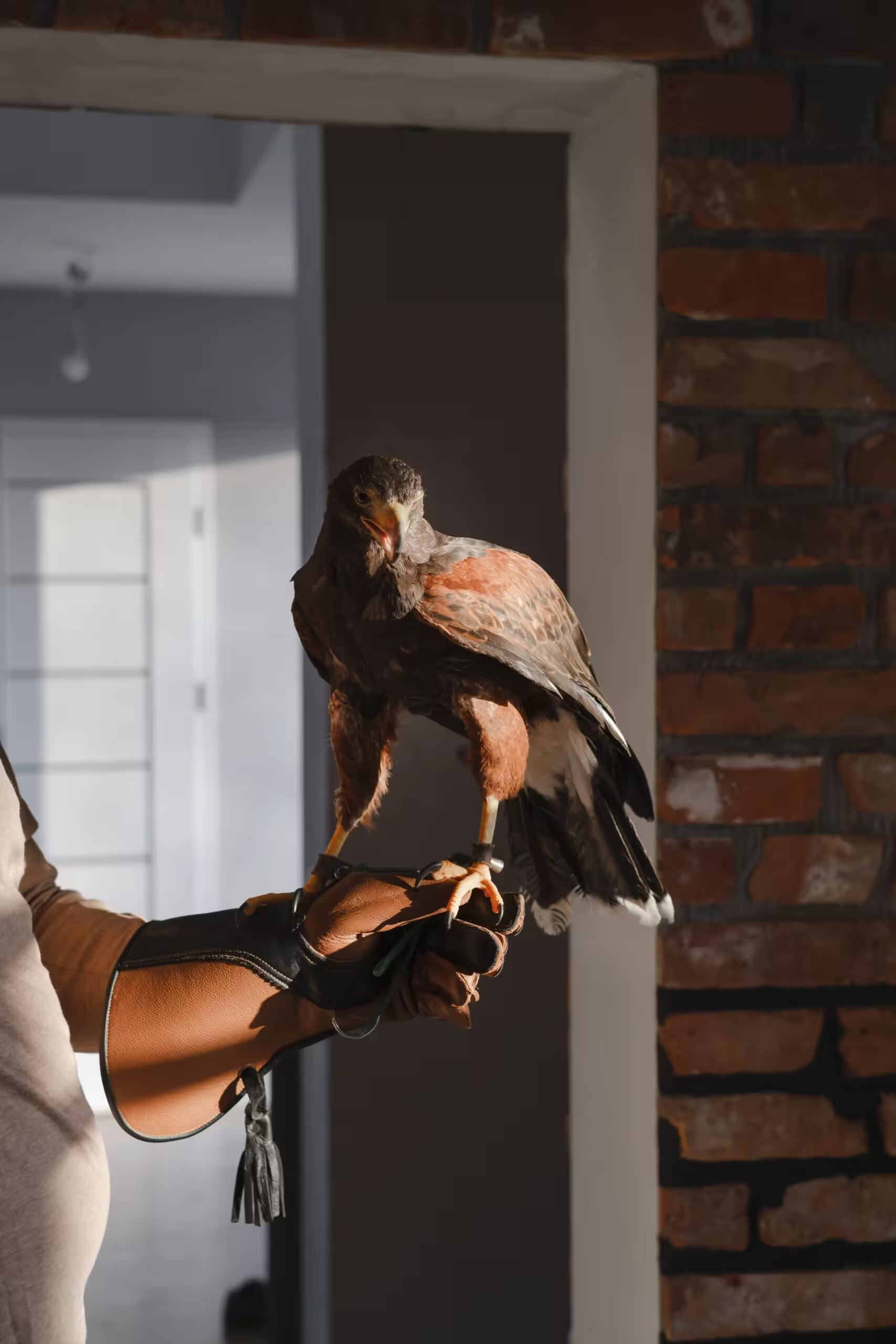
Vulture & Other Bird of Prey Control
- Vulture Deterrence: Safe and effective programs to repel vultures from rooftops, towers, and other property structures.
- Birds of Prey Removal: Expert removal of hawks, falcons, and other protected raptors, ensuring compliance with all local, state, and federal wildlife regulations.
- Protected Species Compliance: Specialized handling protocols to meet legal standards while maintaining safety and operational continuity.
Sanitation Services
- Cleaning and Sanitation: Removing health hazards created by nuisance wildlife and rodents.

We Service the Entire USA!
Safe Haven’s national presence allows us to offer flat rate pricing whether you have 1 or 100 birds in your facility. All services include a free inspection and property report with recommendations.
